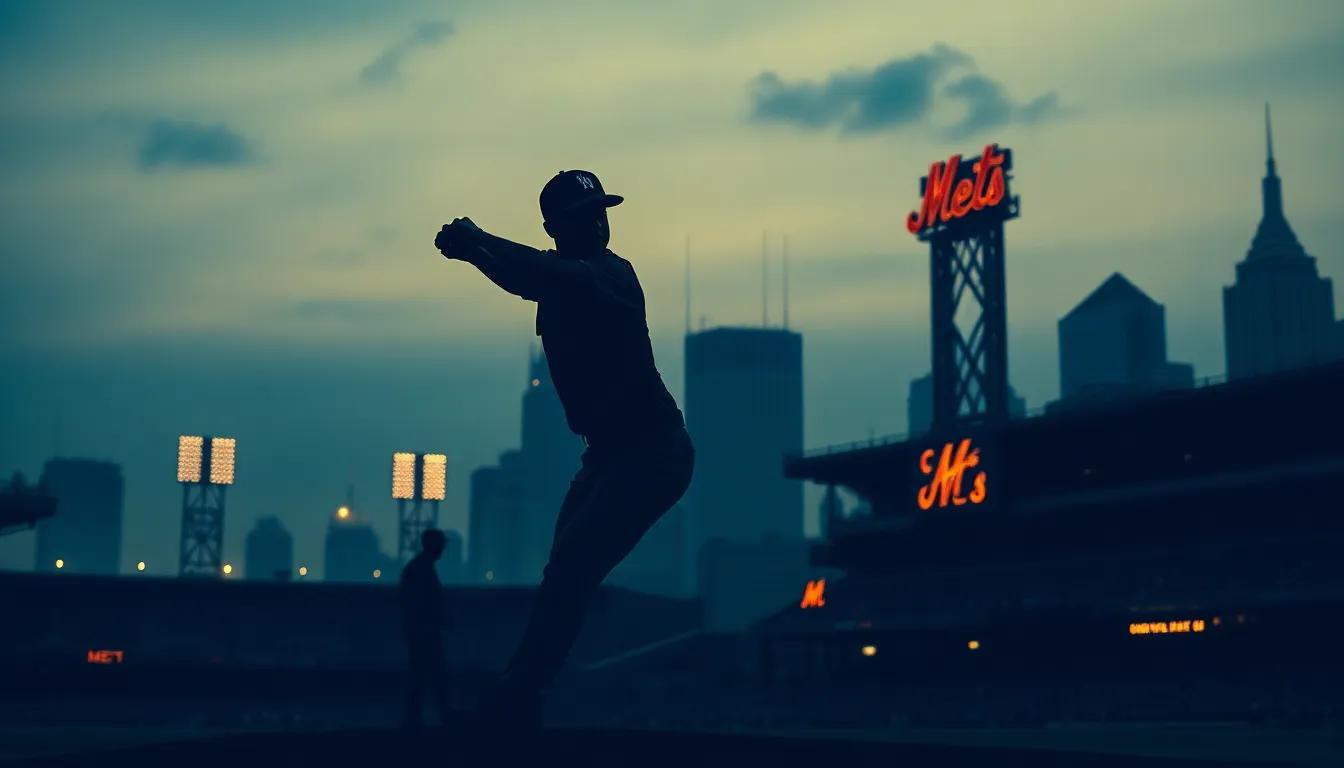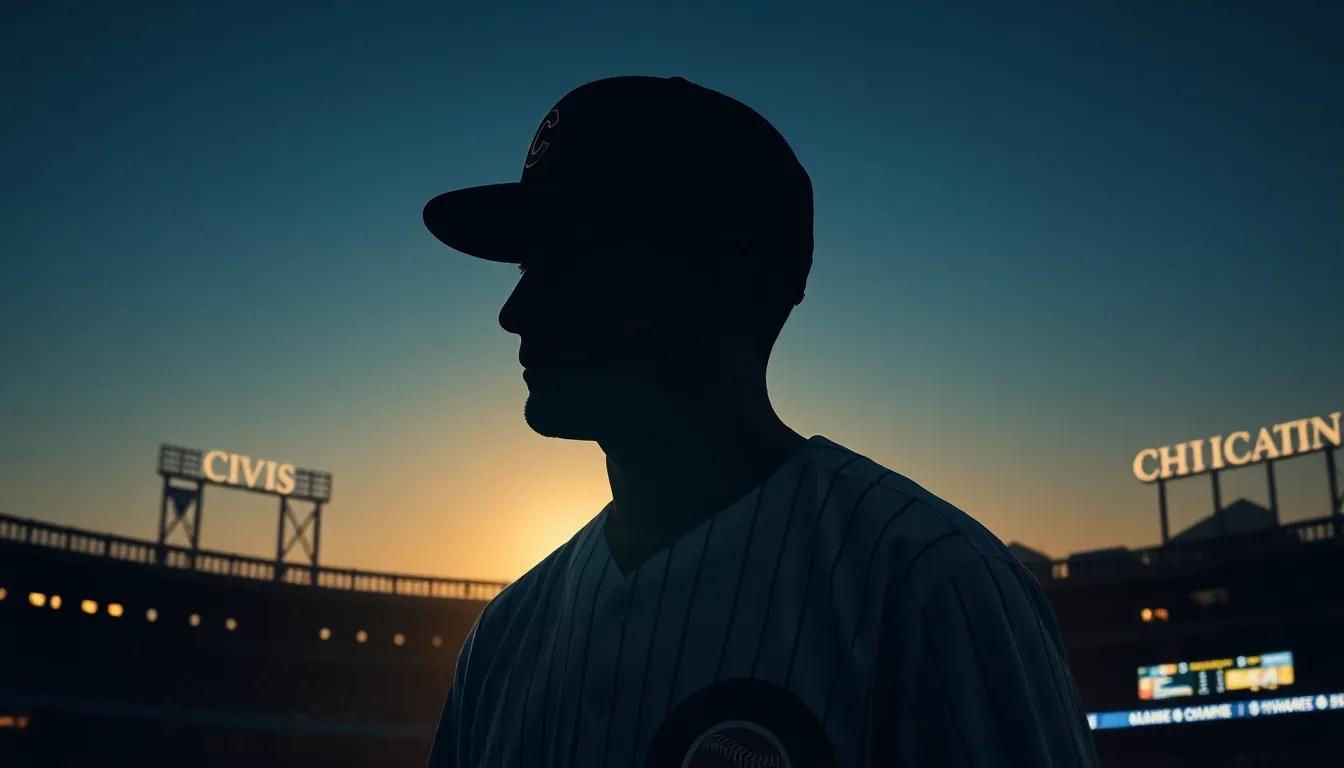Mets First-Round Pick Facing Uncertain Future on 40-Man Roster
The New York Mets are approaching some tough roster decisions this summer, and one of their former first-round selections could find himself squeezed out.
The organization’s 40-man roster crunch is becoming more apparent as prospect development accelerates and free agent signings pile up. What makes this situation particularly interesting is how quickly things can change for players who once seemed like locks for the big leagues.
First-round picks typically get extended looks and development time. That’s just how the business works – teams invest significant money and organizational reputation in these selections. But baseball doesn’t always follow the script.
The Mets’ front office has been aggressive in reshaping the roster, and that approach extends beyond just the major league level. They’re evaluating every player on the 40-man roster with fresh eyes, asking whether each spot represents the best use of organizational resources.
It’s worth noting that losing a 40-man roster spot doesn’t necessarily mean the end of the road. Players can be outrighted to Triple-A if they clear waivers, keeping them in the system while freeing up roster flexibility. But for a former first-rounder, it would represent a significant step backward.
The timing adds another layer of complexity. Summer roster moves often coincide with trade deadline activity and September call-ups. Teams need maximum flexibility during these periods, which means tough decisions about fringe players become inevitable.
From where I’m sitting, this reflects the Mets’ broader organizational philosophy under current management. They’re not letting past investment dictate present decisions – a refreshing approach that prioritizes current production and future potential over sunk costs.
The way these situations typically unfold, we’ll probably know more once the trade deadline passes and teams finalize their August rosters. That’s when roster spot become premium real estate, and organizations make the hard choices they’ve been putting off.
All things considered, it’s a reminder that draft pedigree only gets you so far in professional baseball. Performance and organizational needs ultimately drive these decisions, regardless of where someone was selected years ago.





